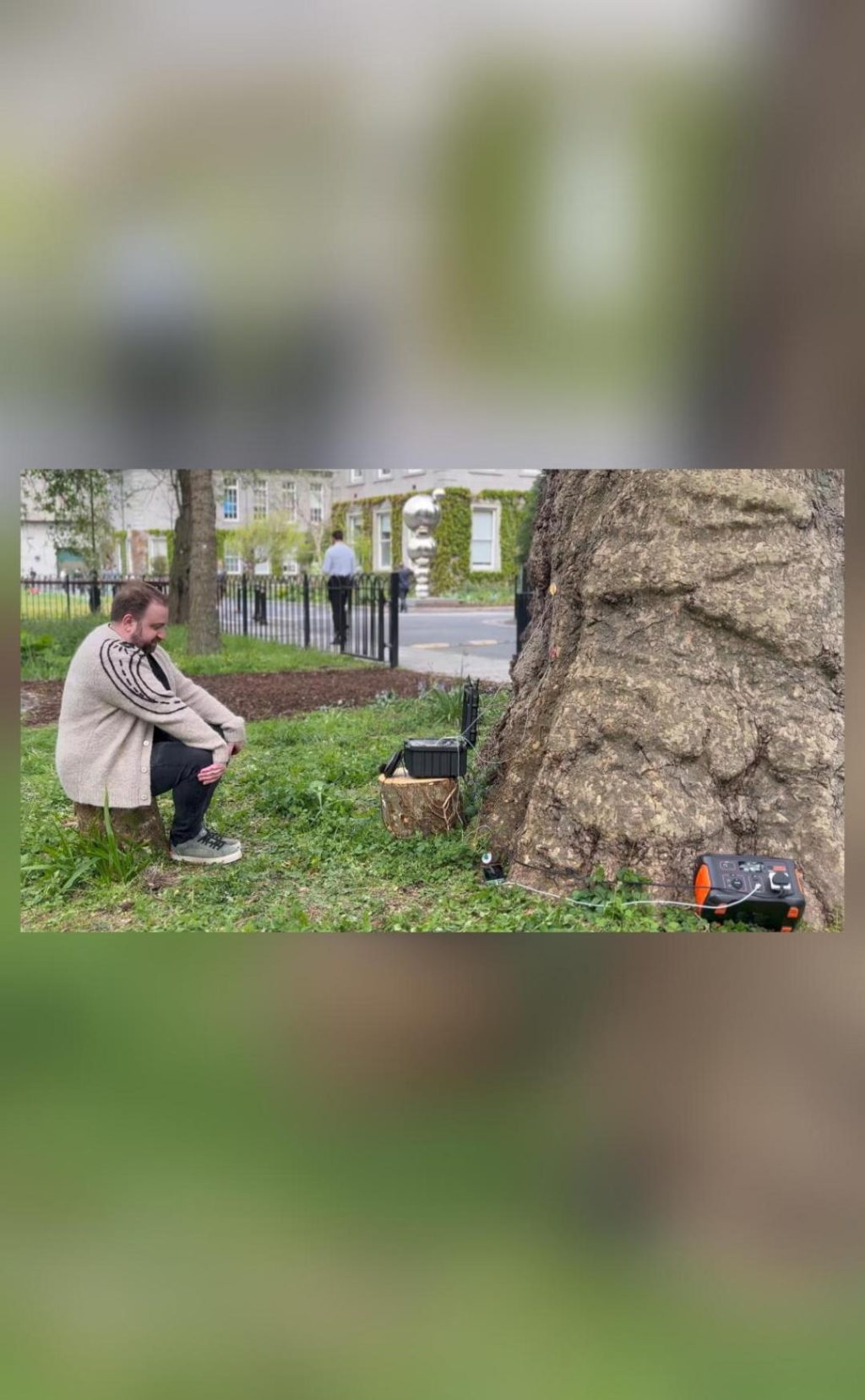
Ireland College Gives Voice to 200-yr-old Tree using AI
In a remarkable breakthrough in the field of artificial intelligence and environmental technology, Trinity College in Ireland’s Dublin has successfully given a voice to a 200-year-old London plane tree using AI under its ‘Talking Tree’ project. This innovative project has been making waves globally, and we’re excited to dive into the details of this fascinating story.
The ‘Talking Tree’ project is a collaborative effort between the Trinity College Dublin’s School of Natural Science and the Department of Computer Science. The project aims to use environmental sensors and AI to capture and interpret the bioelectrical signals emitted by the tree, ultimately translating them into human language.
So, how does it work? The process begins with the installation of sensors on the tree’s trunk, which measure its bioelectrical signals. These signals are then fed into an AI large language model, which is trained to recognize patterns and translate them into human language.
The result is a tree that can “talk” to humans in a way that’s eerily convincing. When a visitor approaches the tree, it begins to speak in a gentle, soothing voice, sharing its thoughts and feelings about the world around it. The tree’s “voice” is surprisingly lifelike, making it difficult to distinguish from a human conversing with you.
But what kind of things does the tree say? According to reports, the tree shares its observations about the changing climate, the importance of conservation, and even its own struggles with disease and pests. It’s a truly unique and fascinating experience, offering a new perspective on the natural world.
The project’s lead researcher, Dr. Declan G. Bates, described the experience of working with the tree as “amazing.” “We’re not just talking about a tree that’s talking; we’re talking about a tree that’s expressing its own thoughts and feelings,” he said. “It’s a game-changer for how we think about the natural world and our relationship with it.”
The ‘Talking Tree’ project has the potential to revolutionize the way we interact with the environment. By giving voice to trees and other plants, we can gain a deeper understanding of their needs and experiences, ultimately leading to more effective conservation efforts.
But the project’s impact goes beyond the environmental sphere. It also has implications for fields such as psychology, philosophy, and even art. By exploring the emotional and cognitive lives of trees, we may uncover new insights into the nature of consciousness and our place within the natural world.
As the ‘Talking Tree’ project continues to evolve, we can expect to see even more innovative applications of AI and environmental technology. Whether it’s monitoring the health of forests, studying the behavior of wildlife, or simply engaging with the natural world in new and creative ways, the possibilities are endless.
For now, the ‘Talking Tree’ remains a remarkable achievement, offering a glimpse into a future where humans and the natural world are more deeply connected than ever before. As we continue to explore the potential of AI and environmental technology, who knows what other wonders we may discover?






